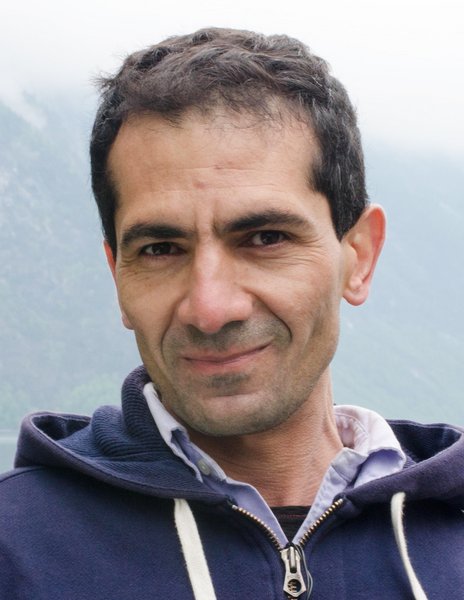Nabavi lab received 2,000,000 DKK from Lundbeckfonden & NIH BRAIN Initiative
Nabavi lab received 2,000,000 DKK from Lundbeckfonden & NIH BRAIN Initiative for the project “Independent optical excitation of overlapping neural populations in behaving animals”.

In the last decade, optogenetic techniques, particularly light-gated ion channels, have been a transformational tool. They are powerful enough to manipulate a single neuron in behaving animals, and yet simple enough to be adapted by laboratories of diverse expertise. Light-gated ion channels come in different varieties, with blue and red-shifted channelrhodopsins are among the most widely used. In principle, they are ideal for a long-sought feature which is to independently activate two distinct, but overlapping populations of neurons in behaving animals. However, the major obstacle in the way is that all opsins, in addition to their own excitation peak, are activated by blue light. This is a fundamental property of channelrhodopsins, which cannot be overcome by structural modifications. To tackle this problem, we propose a different approach, wherein we take advantage of the inhibitory feature of light-gated anion channels.
Our aim within the next four years is to have this system fully functional in behaving rodents. Using electrophysiological and imaging techniques, we will validate the system in brain slices as well as in vivo. Ultimately, we will use this system to investigate the functional properties of circuits with intermingled population of neurons. This requires independent manipulation of the underlying circuits in the same animal, which, as far as we are aware, cannot be achieved by current techniques.
